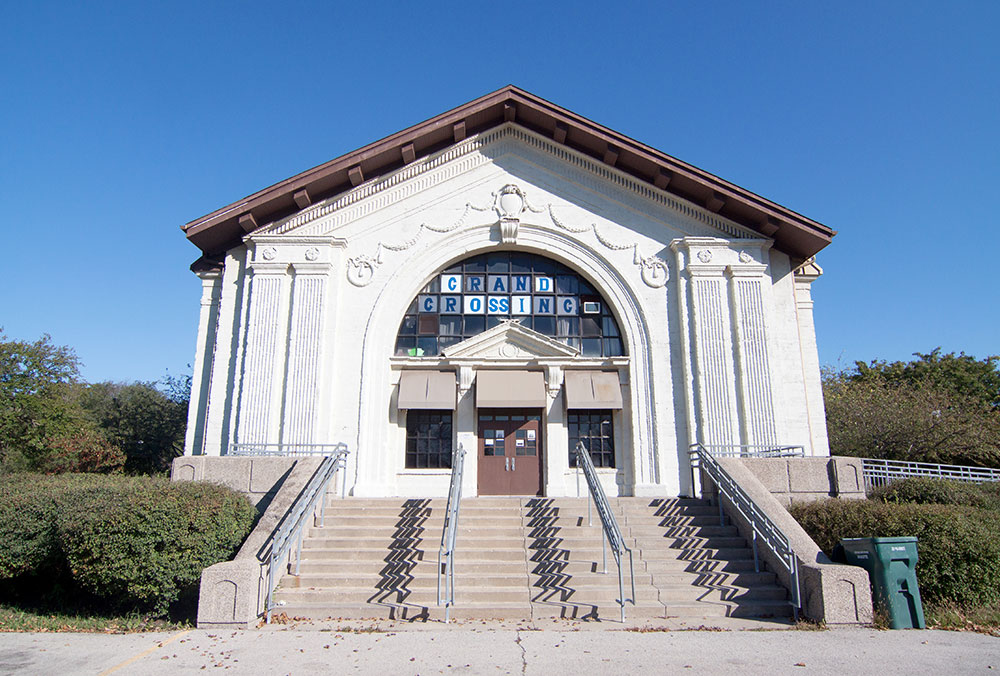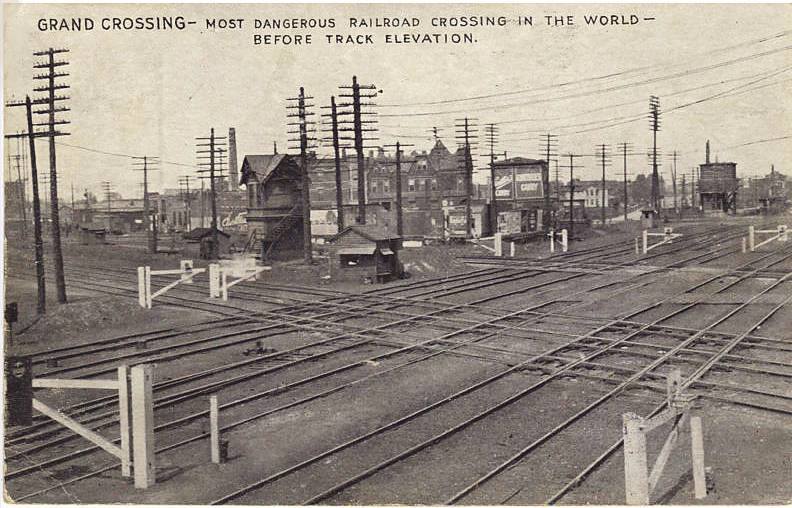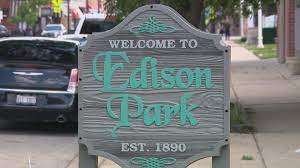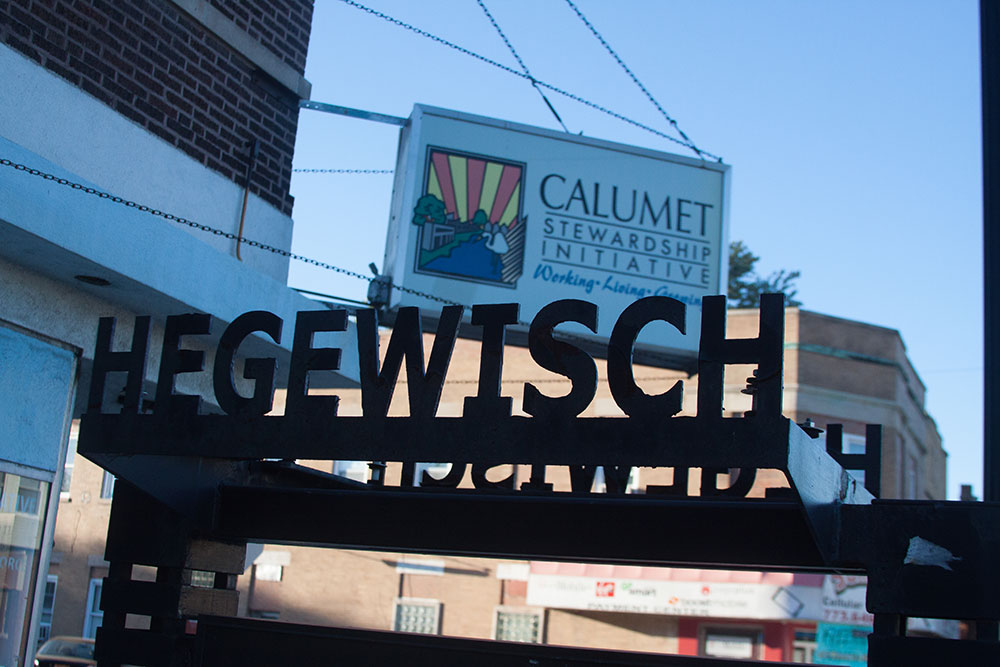Greater Grand Crossing in Chicago
Located in the heart of the South Side, Greater Grand Crossing is a neighborhood in Chicago that emanates a unique charm. Steeped in history, this locale offers affordable housing options, a burgeoning arts scene, and a close-knit community vibe.
History
Greater Grand Crossing has a storied past, dating back to its inception as a railroad junction. The neighborhood’s moniker is derived from a historical event in 1853 involving a railroad feud that resulted in a fatal collision. This pivotal event transformed the area into a bustling hub for rail workers.
The Birth of Greater Grand Crossing
The neighborhood’s name, “Grand Crossing,” came into existence after an 1853 feud between two railway companies – the Lake Shore and Michigan Southern Railway and the Illinois Central Railroad. A fatal crash, which resulted in 18 deaths, marked the genesis of the area’s development.
Development in the Nineteenth Century
Industrialist Paul Cornell, also known for developing Hyde Park, played a crucial role in shaping Greater Grand Crossing during the 1870s. The neighborhood became a railroad suburb, home to a mix of German immigrant craftsmen, farmers, and factory workers. The area also saw an influx of English, Irish, and Scottish immigrants who worked for the railroads.
Transformation in the Twentieth Century
The neighborhood underwent significant changes in the 20th century. Open spaces and farmlands gave way to bungalow-style homes, contributing to the area’s architectural diversity. The neighborhood’s demographics also evolved over time. African Americans began moving into the area from the crowded Black Belt, leading to a shift in the racial makeup of the neighborhood.

Demographics
Greater Grand Crossing has seen a shift in its demographics over the years. The 1950s marked a significant turning point as the African American population in the area rose from 6% to 86%. The influx of African American residents led to a gradual exodus of the white population from the neighborhood. According to the 2014-2018 American Community Survey, the racial composition of the area comprised 1.1% White, 96.2% African American, and 1.5% from other races.
Transportation
Greater Grand Crossing offers convenient transportation options. The CTA’s Red Line provides round-the-clock service at the 69th Street and 79th Street stations. The Metra Electric line also offers commuter rail service at the 75th Street station, located at the intersection of East 75th Street and South Chicago Avenue.

Notable People
Greater Grand Crossing has been home to numerous notable individuals who have made significant contributions to various fields. These include:
- Dayvon “King Von” Bennett, a prominent rapper and songwriter.
- Gwendolyn Brooks, an acclaimed poet, author, and teacher who won the Pulitzer Prize for Poetry in 1950.
- Al Capone, the infamous gangster, briefly resided in the area in 1923.
- Gary Comer, the founder of Land’s End, grew up in Grand Crossing.
- Robert Cooley, a Mafia attorney turned government informant.
- Shani Davis, the first African American athlete to win a gold medal in an individual event at the Olympic Winter Games.
- Wilton Daniel Gregory, the first African American cardinal and a prelate of the Catholic Church.
- Michelle Obama, the 51st First Lady of the United States, spent her early years in the neighborhood.
Attractions
Greater Grand Crossing is home to several attractions that add to its distinctive charm. The Oak Woods Cemetery, established in 1854, is one of the area’s notable landmarks. Furthermore, the neighborhood has seen an influx of art and community centers, championed by artist Theaster Gates since 2006.
Housing Market
The local housing market offers a wealth of options for potential homebuyers. From affordable single-family homes to condos, the neighborhood provides a range of housing choices. Recent revitalization efforts have led to the construction of new housing developments, further enhancing the neighborhood’s appeal.
Greater Grand Crossing is a neighborhood that effortlessly blends the old with the new. Its rich history, diverse population, and thriving arts scene make it a vibrant and dynamic community. Whether you’re a history buff, an art enthusiast, or someone seeking a close-knit community, this great Chicago neighborhood has something for everyone.


